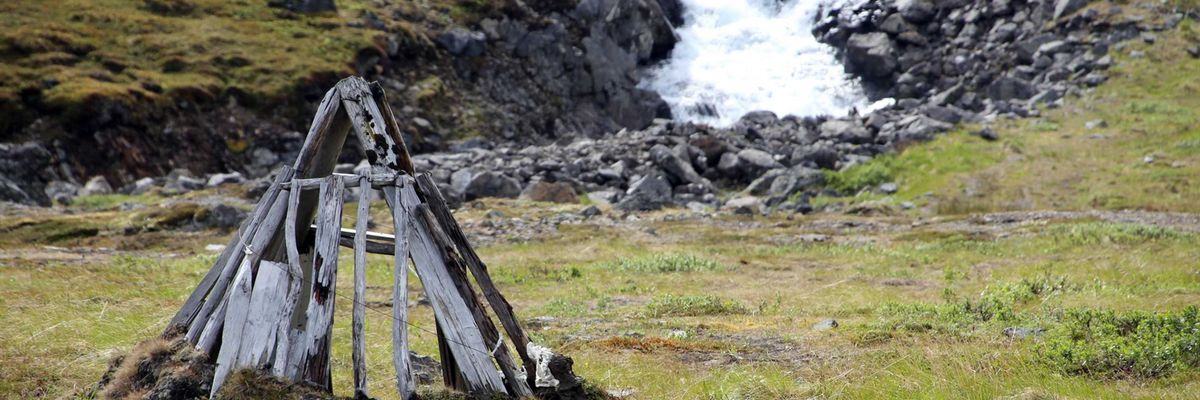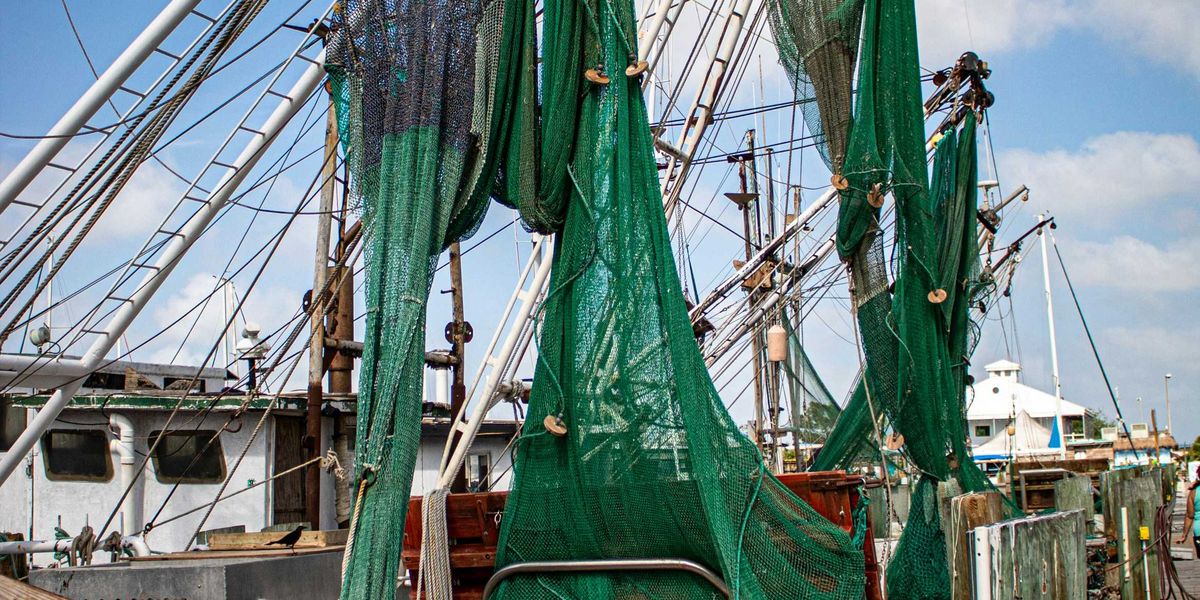chesapeake
Osprey nests in Chesapeake Bay face new challenges
Ospreys in the Chesapeake Bay are facing breeding issues, possibly linked to a decline in their primary food source, Atlantic menhaden.
In short:
- Researchers found that ospreys in the Chesapeake Bay have a lower reproductive rate, with many nests failing to produce young, possibly due to a lack of Atlantic menhaden.
- The Atlantic States Marine Fisheries Commission is studying the potential impact of commercial menhaden harvesting on osprey breeding and fish populations in the Chesapeake Bay.
- While some scientists suggest food scarcity is affecting ospreys, the overall population is not in immediate danger due to their long lifespan and ability to withstand temporary reproductive dips.
Key quote:
“A high proportion of failures after hatching and a larger proportion of one-chick broods is a clear sign of food stress.”
— Bryan Watts, director of the Center for Conservation Biology
Why this matters:
Ospreys rely on fish as their main food source, making them indicators of fish abundance. Their breeding success can signal changes in fish populations and ecosystems, affecting biodiversity and local fisheries.
Gabriel Popkin: Can a hidden world be saved from an invasive scourge?
Biden EPA pick pledges resources to help meet Chesapeake cleanup goals
Cities widely ignore federal flood protection rules, with few penalties
Next phase of Maryland phosphorus regulation may be delayed another year
Study finds state lacks funding, infrastructure to haul away or treat chicken litter.
Are investors finally waking up to North America’s fracked gas crisis?
The fracked gas industry's long borrowing binge may finally be hitting a hard reality: paying back investors. What will be the financial impact of this bubble bursting?









